Idea by
Alexandra Areia, Gonçalo Azevedo, Ivo Poças Martins, Matilde Seabra, Pedro Baía and Pedro Barata
Friendly Fire
Call for ideas 2018
Godzilla Architecture
Godzilla Architecture
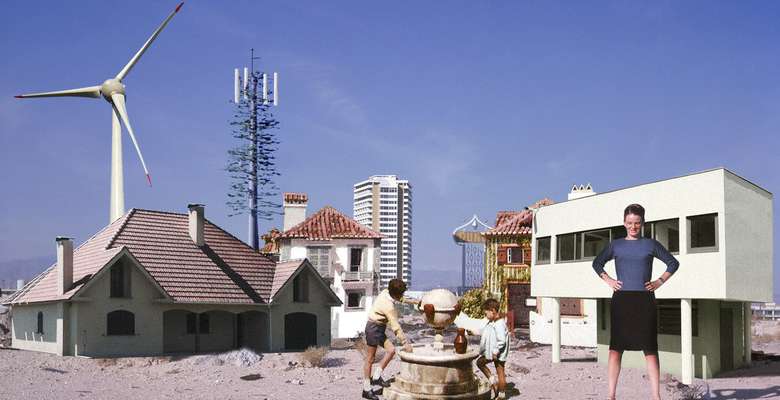
To build the future, we first need to understand our present’s world.
The 20th century has produced an immense number of theme parks with miniature architectures of a partial and idyllic vision of the built environment (e.g. Little Europe): knee-high monuments and houses in the midst of luscious greenery to contemplate as a pack of pacified Godzillas of all ages. They’re as amazing as they are silly and, thus, powerful political weapons to entertain and indoctrinate.
What if we, architects, could take the charge of designing a park representing our world in all its complexity: high architecture, the mundane, the beautiful and the so-called ugly?
We find in 1940’s Portugal dos Pequenitos an original and effective example to follow in terms of materiality and scale. After the Venturi & Scott Brown’s “Learning from” tradition, we propose to design and (hopefully) build a group of hybrids of actual buildings and models: reduced, yet inhabitable, pieces of inquiring architecture.
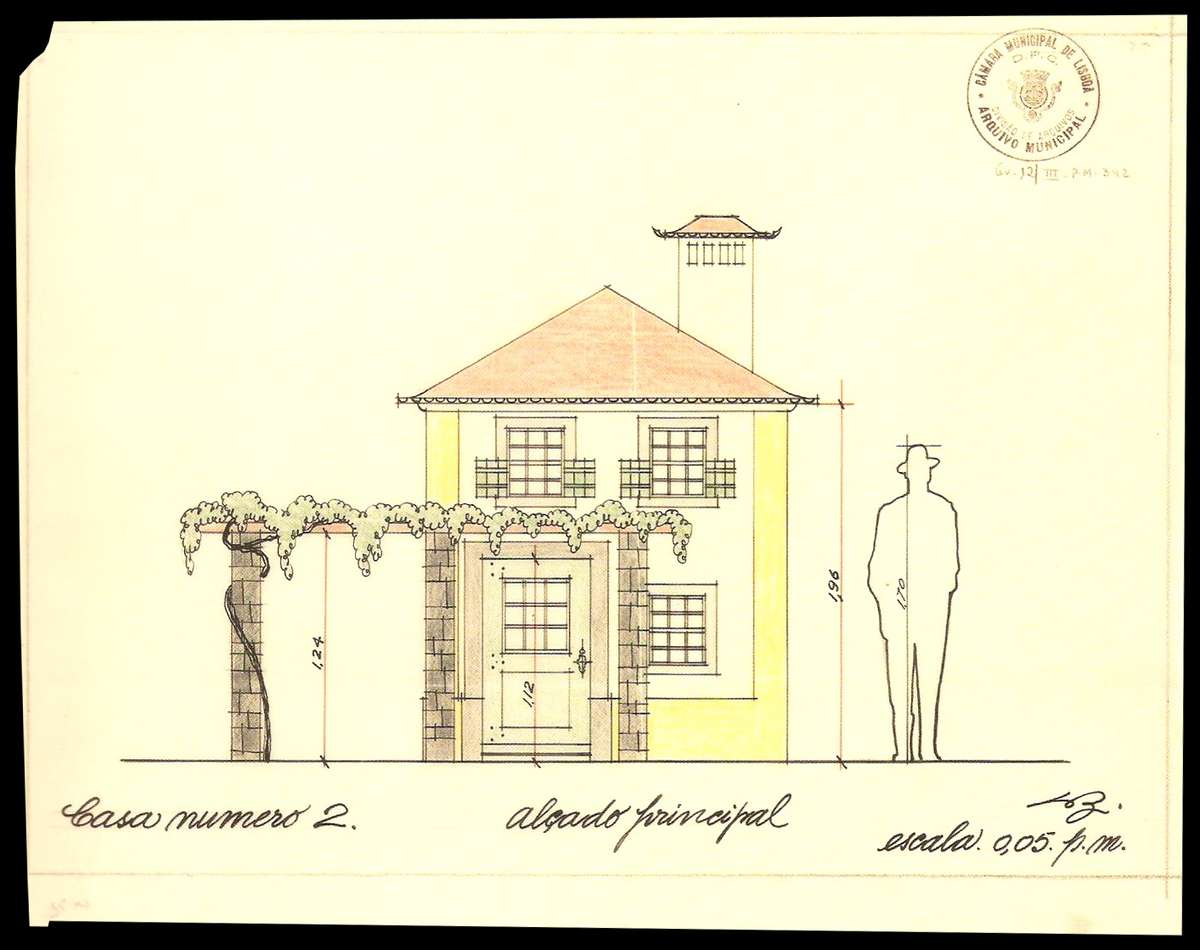
Reference image from Portugal dos Pequenitos, Cassiano Branco, 1938. Casa nº2 - Project for a miniaturised regional house.
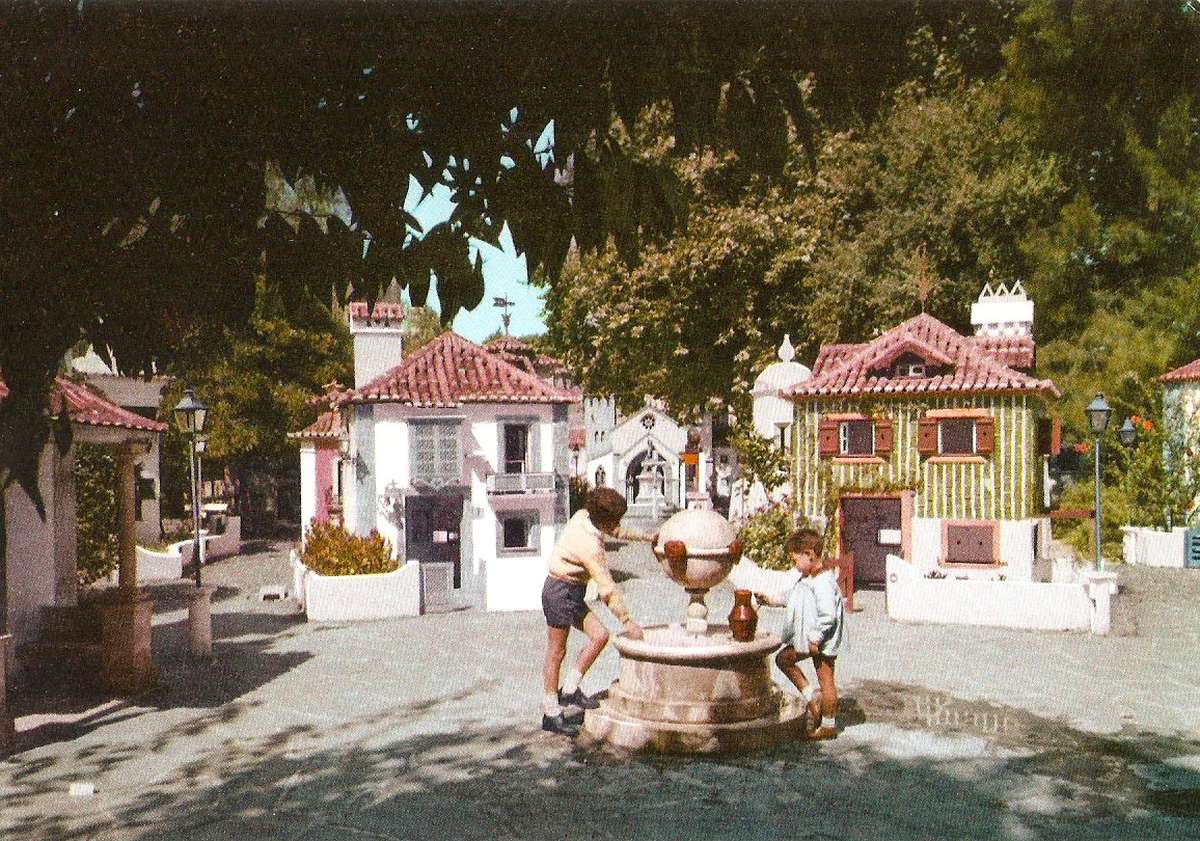
Reference image. Postcard of Portugal dos Pequenitos, circa 1940.

Reference image from Portugal dos Pequenitos, Cassiano Branco, 1938. Casa nº8 - Project for a miniaturised regional house, Elevation and plan.

Reference image. Postcard of Portugal dos Pequenitos, circa 1940. Regional house from Trás-os-Montes in northern Portugal.
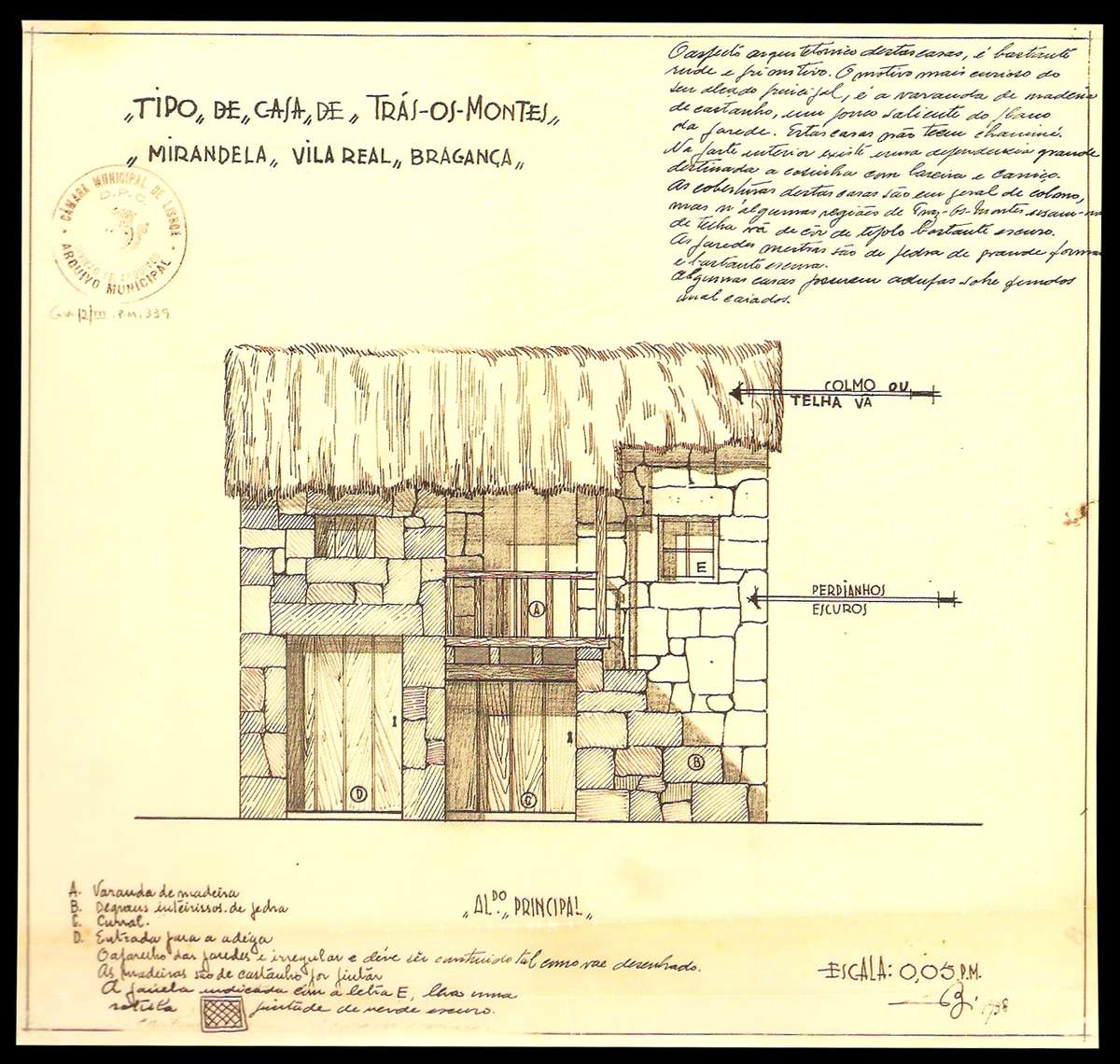
Reference image from Portugal dos Pequenitos, Cassiano Branco, 1938. Casa Transmontana - Project for a miniaturised regional house. Elevation.
Godzilla Architecture
Godzilla Architecture

To build the future, we first need to understand our present’s world.
The 20th century has produced an immense number of theme parks with miniature architectures of a partial and idyllic vision of the built environment (e.g. Little Europe): knee-high monuments and houses in the midst of luscious greenery to contemplate as a pack of pacified Godzillas of all ages. They’re as amazing as they are silly and, thus, powerful political weapons to entertain and indoctrinate.
What if we, architects, could take the charge of designing a park representing our world in all its complexity: high architecture, the mundane, the beautiful and the so-called ugly?
We find in 1940’s Portugal dos Pequenitos an original and effective example to follow in terms of materiality and scale. After the Venturi & Scott Brown’s “Learning from” tradition, we propose to design and (hopefully) build a group of hybrids of actual buildings and models: reduced, yet inhabitable, pieces of inquiring architecture.
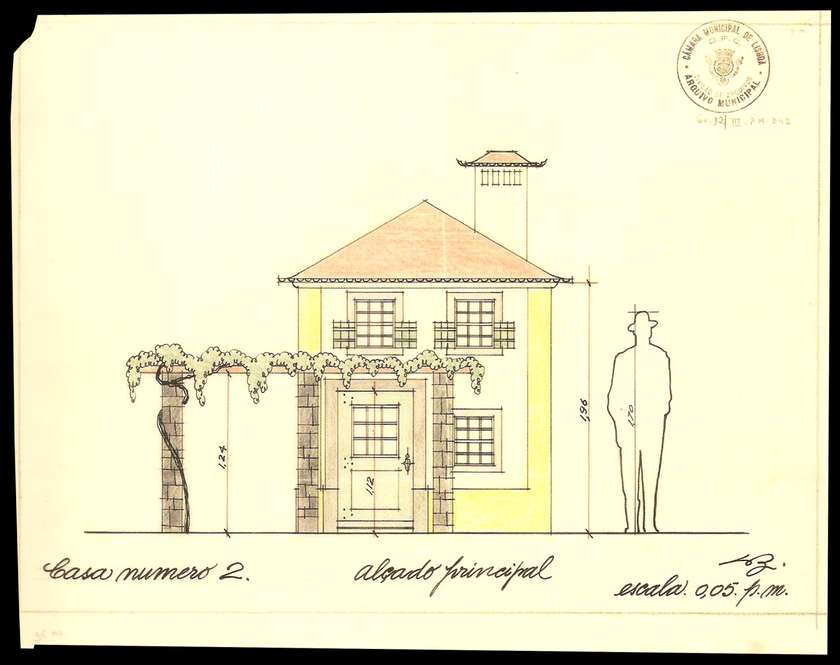
Reference image from Portugal dos Pequenitos, Cassiano Branco, 1938. Casa nº2 - Project for a miniaturised regional house.
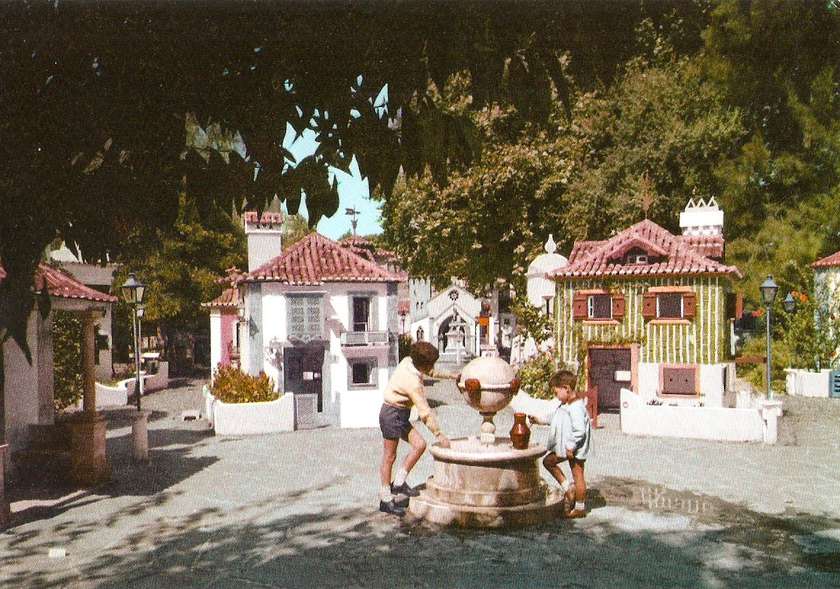
Reference image. Postcard of Portugal dos Pequenitos, circa 1940.
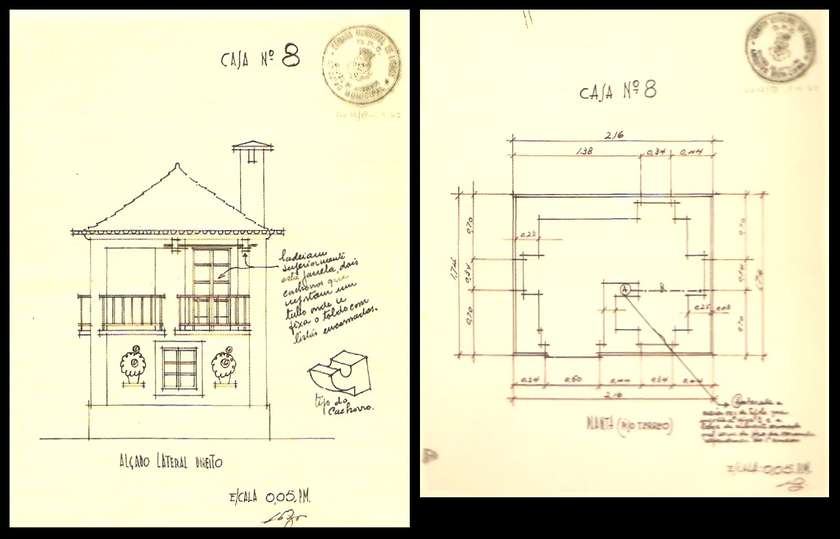
Reference image from Portugal dos Pequenitos, Cassiano Branco, 1938. Casa nº8 - Project for a miniaturised regional house, Elevation and plan.
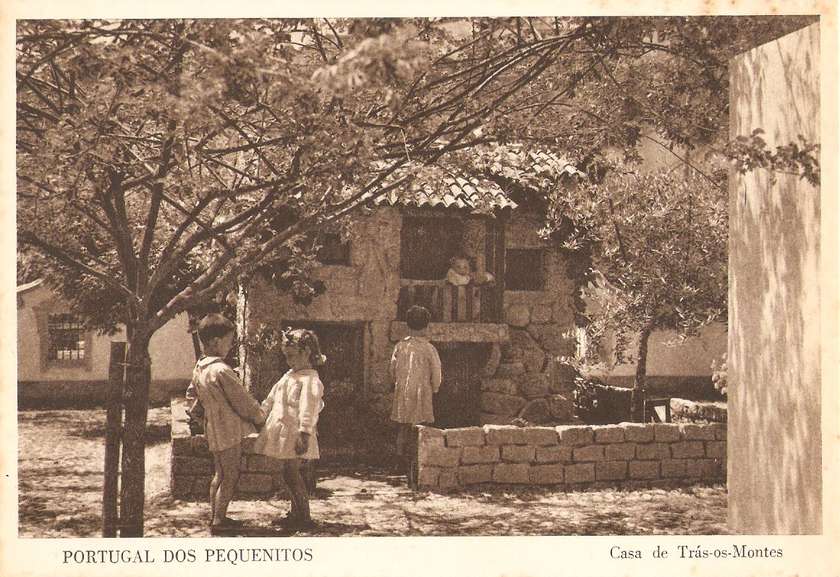
Reference image. Postcard of Portugal dos Pequenitos, circa 1940. Regional house from Trás-os-Montes in northern Portugal.
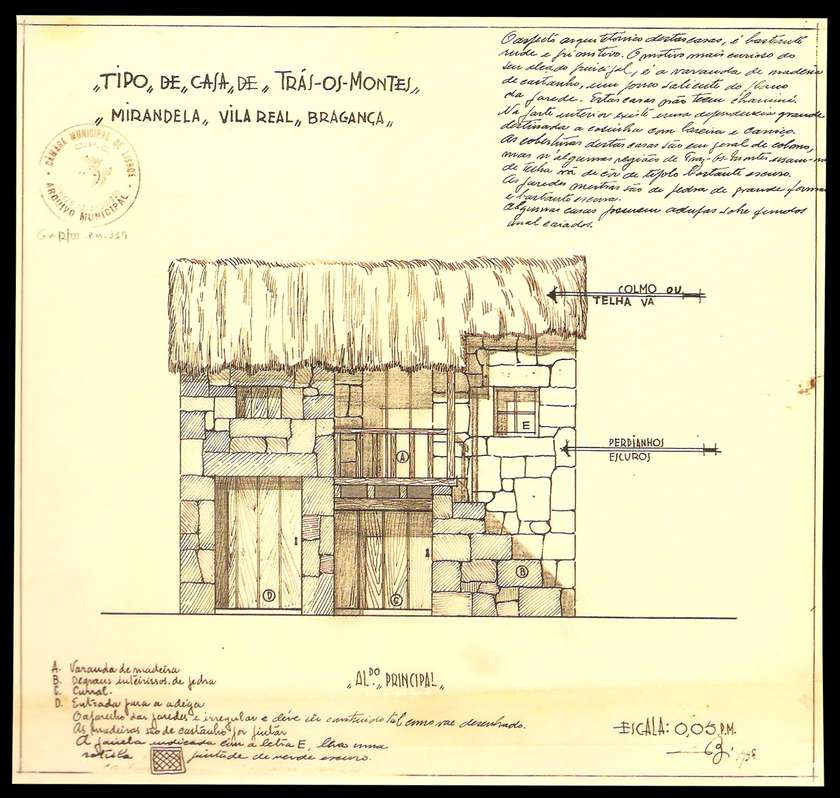
Reference image from Portugal dos Pequenitos, Cassiano Branco, 1938. Casa Transmontana - Project for a miniaturised regional house. Elevation.